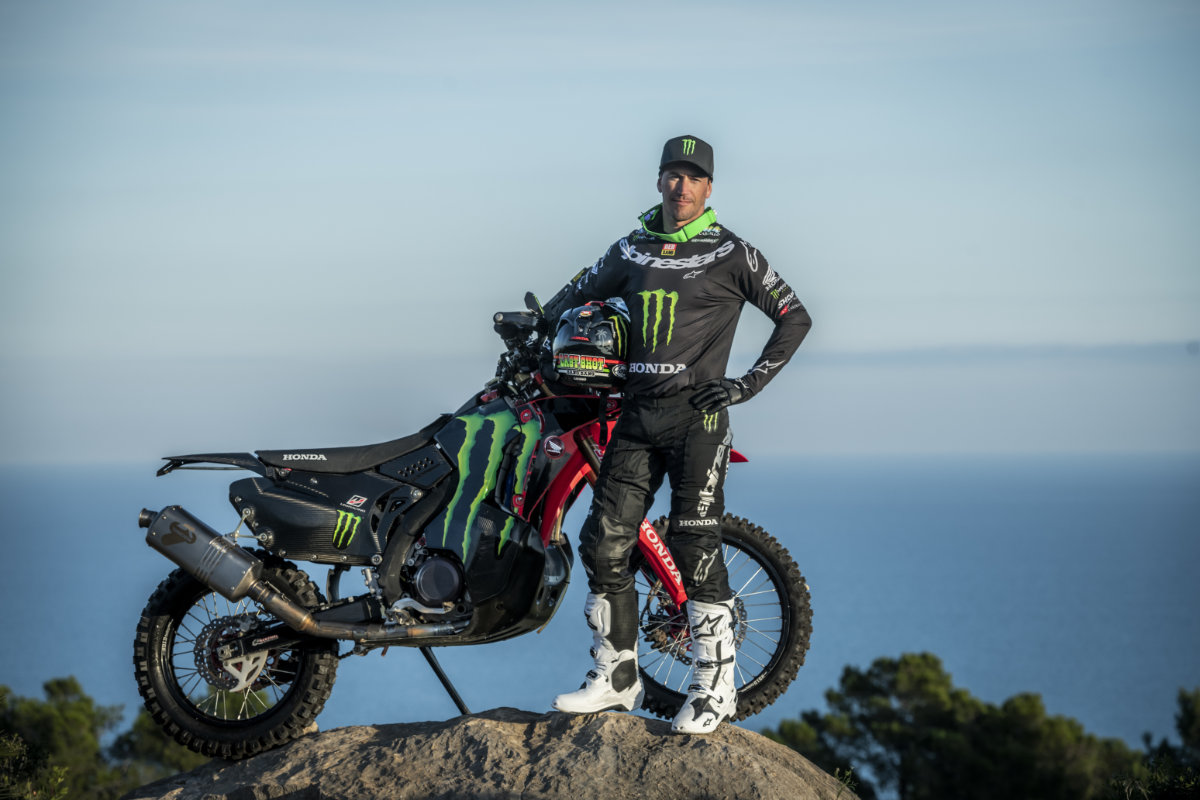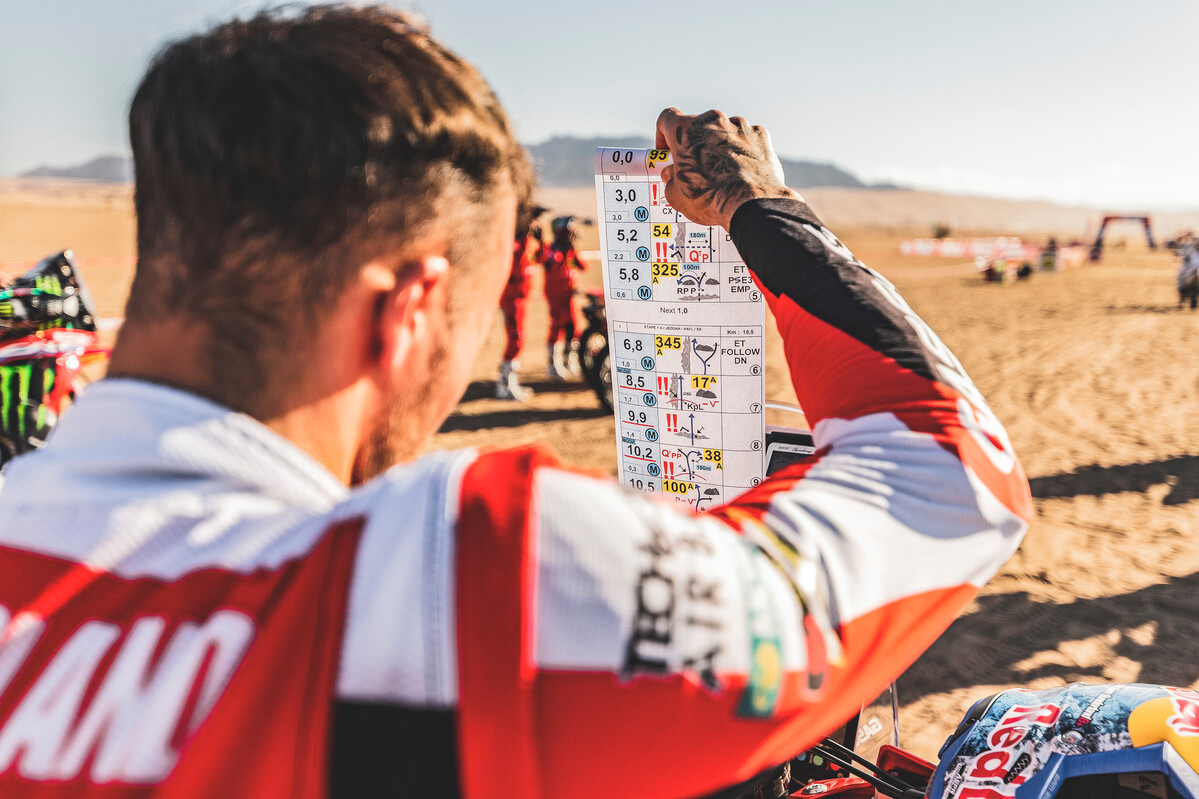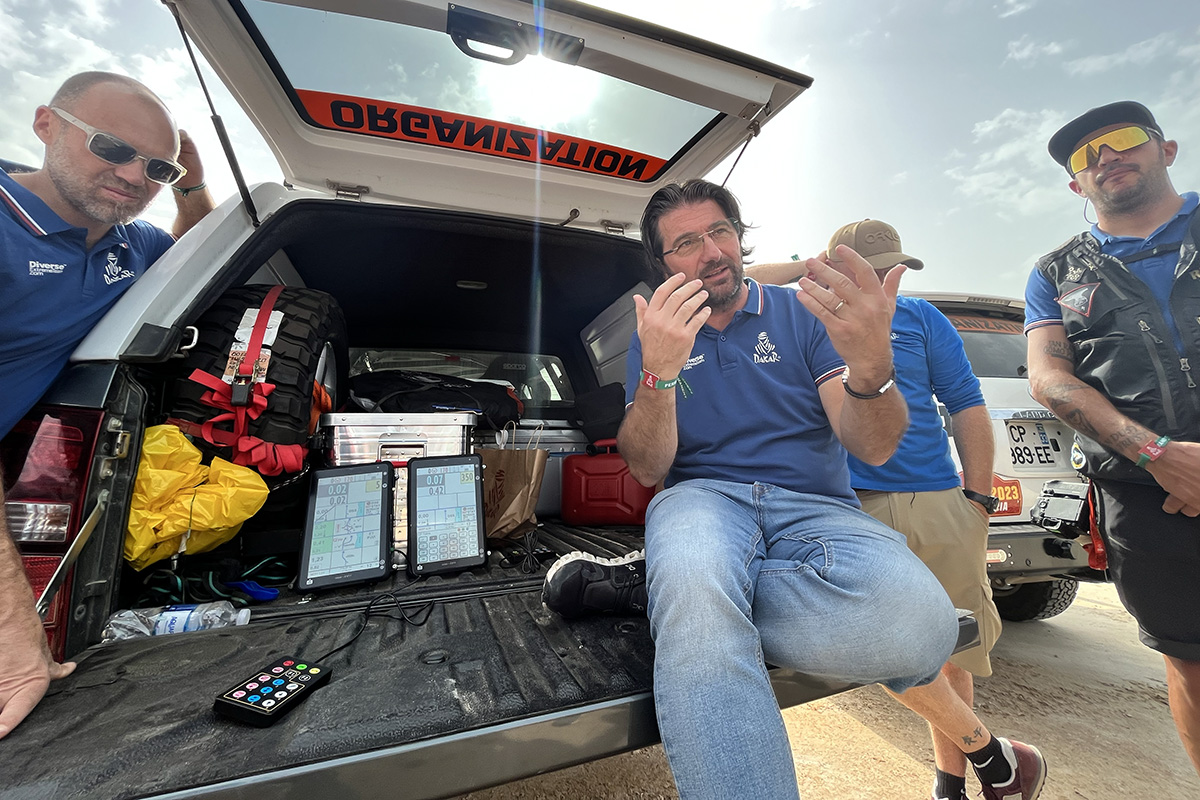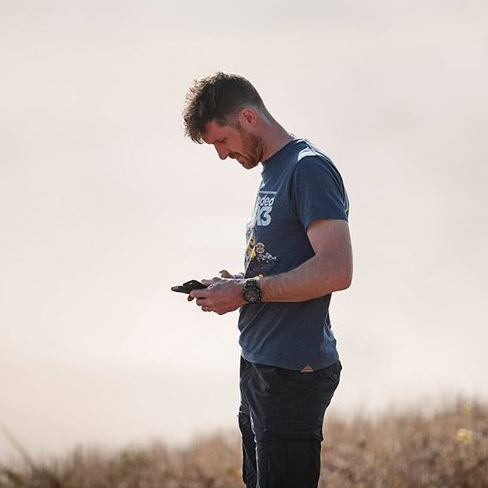Dakar Rally 2023: time bonuses – new bike rules explained by the boss
On the eve of the 2023 Dakar Rally start in Saudi Arabia, organisers have updated the bike class rules. Enduro21 details how time bonuses for fastest riders will work, why paper (not digital) roadbooks are here to stay and what’s happened to mirrored or dual routes...
One major factor in the Dakar Rally Bike categories each year is the tactical games riders play across stages to affect their start position on the following day. Riders who start first, second or third say, are traditionally at a disadvantage the day after, losing out to those behind who can navigate faster by following tracks or distant dust – and as we all know, following someone who can ride as fast as you makes life easier.
When that guy in front is laying down a spanking fresh track in the desert where no-one has ridden before, having a guide wheel track is a bit like engaging ghost mode on a games console.
Snipping the strong on the yo-yo effect
Some riders moan about what’s commonly called the yo-yo or see-saw effect, usually the ones who lose out, but it is the same for everyone and the riders figure out the advantages within the rules. It is hard enough to ride at the sharp end of this race but to be also doing the maths in their heads to work out times and gaps to their rivals takes a smart rider.
A good example at the ’22 Dakar saw Sam Sunderland and Matthias Walkner stop near the end of the stage 11 to lose time. It dropped them own the daily running order enough to mean they didn’t open the piste the next day for the penultimate stage which proved to be decisive in the overall result – the pair went on to finish first and third while the riders leading out stage 12 were on a losing streak.
It's worth pointing out the advantage gained in this way can be affected during the whole 14 stages of the Dakar, plus the prologue results. Who lies where on which stage, what the terrain is like, how long it is and so on, all have an effect and winning the ’22 Dakar wasn’t all about having a five minute tea break on stage 11.
The new rules explained
This year a new rule has been introduced to the Dakar which will also apply to the entire 2023 W2RC (FIM Rally-Raid world championship) season.
Race Director David Castera explains: “We want to reward the bikers who take on the task of marking out the tracks for the others. As a result, we will be giving time bonuses to the three riders who each day have spent the most time opening the way on the special between the start and the refuelling point.”
How the new rules work
- The first 200 kilometres of the timed special up to the refuelling point will be littered with sections where the way points will provide measurement for the time bonuses (organisers know precisely where the rider is physically at all times, but WPs are markers they have to hit or tick off).
- Time bonuses are: 1.5 seconds per kilometre covered between two bonus way points for the first rider, 1 second for second place and 0.5 seconds for the third.
- For example, in the first 20km of a special the first rider could clock a 30 second bonus (20 x 1.5’’ = 30’’), and so on until refuelling.
- Approximately 10 or 15 bonus sections will be placed along the route of the special, making it possible, in the best case, to gain approximately 5 minutes of bonuses if the first rider to set off retains the lead until the refuelling point (200 x 1.5’’ = 300’’).
- Stages 1, 2 and 14 will not be included due to their terrain not being conducive to this sort of boost but all others will have it.
- The total bonuses will automatically be deducted from the rider’s time on the day on arrival at the finishing line.

“I think this change is a good idea” – Bang Bang Barreda
Joan Barreda is the current record holder for number of special stage victories at the Dakar (29) but is also a rider who therefore has historically suffered the yo-yo effect more than most. Famously he has never won the Dakar despite being a leading contender for a decade and is well placed to voice opinion on the new rules, predicting racing element will return in favour of sandbagging.
“I mentioned the idea of bonuses with David Castera during the presentation of the 2022 W2RC calendar a year ago. I was in favour of this system that A.S.O. has already been using on cycling’s Tour de France.
“The openers are often too penalised for their efforts, especially since we have been in Saudi Arabia on more open and sandier terrains, all the more so last year with the damp ground conditions.
“I think this change is a good idea. Even if it doesn’t allow that much time to be gained, it’s sufficient to avoid riders from trying to plan to set off no higher than tenth position. For riders like me who opened the way for plenty of kilometres last year, it’s a real source of motivation, but for those who remained in approximately fifth place during the entire race, it won’t be interesting for them.”
The balancing act here is to not encourage riders to go too fast again. After so much effort to improve rider safety in recent years with the introduction of more technical navigation on the stages and airbag vests becoming mandatory, the organisers don’t want to encourage riders to override again.

Sticking with the paper roadbooks
In other news, the organisers plan to introduce digital roadbooks and mirrored, dual navigation routes for different riders on the stages have been shelved.
The digital roadbooks, as used by the four-wheel vehicles on the rally, are on hold because basically they are hard to read in the sun while you ride. They work well if you have a roof over your head, shading the screens, but the riders have problems reading them in the sun.
It's hard enough to ride and read a roadbook as it is without the screen being invisible due to sun glare, so this idea has been canned for now. Enduro21 understands different teams cannot agree on the proposal either with their mounting position and angle being a issue of contention.
No mirrored routes
All the above has a knock-on effect to the other proposed rule change, the idea of mirrored roadbooks and dual routes between riders. Effectively the proposal was for any two riders, for example number one and two on the stage, would not follow the same roadbook. The aim was again to stop one rider catching and then following the other as a guide by giving them different waypoints.
But without the digital roadbooks it is more difficult to plan these dual routes and lay them down fairly for riders so they have put it on hold.
The thinking seems to be that the first rule change, the time bonuses, could and should be enough to make the additional change unnecessary. Either way, the race director David Castera and his team have a tonne of experienced their aim is to work with the teams and riders to make the rules more equal. They’ll see how it works this year and move on.
The Dakar is fascinating viewing as it is, but the new rules will iron out some of those yo-yo anomalies we’ve seen so often and make a fairer race of it.
Riders are walking (actually e-biking) the prologue route as we type this and it is going to be an important 11 kilometres for the top 10 positions.
The 2023 Dakar Rally kicks-off tomorrow, December 31, with the prologue followed by stage one on January 1.
Photo Credit: Enduro21 + Rally Zone




















